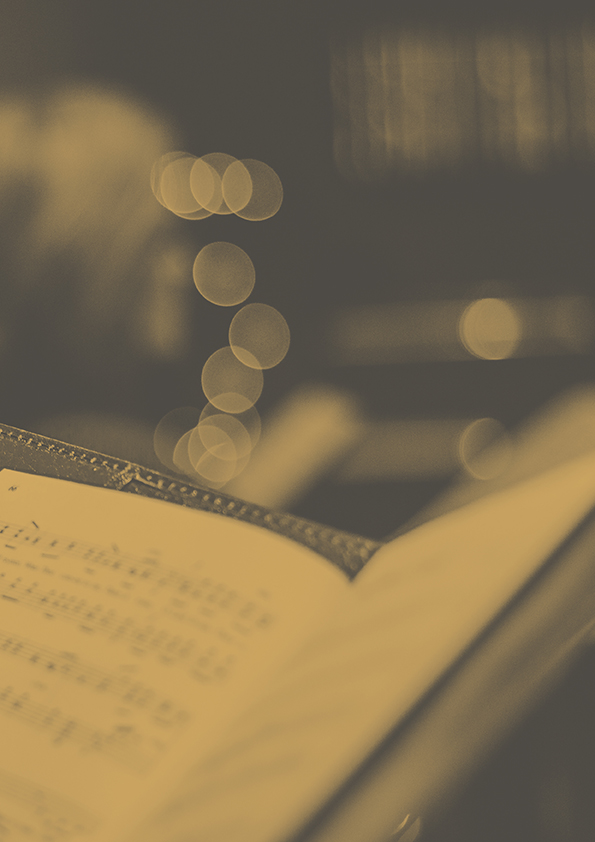| Product ID | SON00001448 |
| Composer | Hayo Boerema |
| Duration | 29:34 min |
| Genre | Religious, Classical |
| Instrumentation | Choir and organ |

Offert par Sonolize, Ofrecido por Sonolize, Oanbean troch Sonolize.

Messe Solennelle
| SKU | SON00001448 |
| Composer | Hayo Boerema |
| Arranger | |
| Genre | Religious Classical |
| Instrumentation | Choir and organ |
| Free description | Choir, organ, vocal soloists (SATB), percussion (ad libitum) and viola (ad libitum) |
| Grade | 6 |
| Duration | 29:34 min |
| Year | 2018 |
Program Notes
Choir, organ, vocal soloists (SATB), percussion (ad libitum) and viola (ad libitum)
The Messe Solennelle by Hayo Boerema (* 1972) is written in accordance with a tradition that originated in the Paris churches in the 19th century. The tradition shows an important role for the organ in masses (Widor, Vierne, Langlais, Hakim, Castagnet). The percussion part in Boerema's Mass is "ad libitum", but it does give it a nice extra dimension to the whole, as can be heard at the opening of the Kyrie. After an introduction in which all the thematic material is presented, the call for mercy sounds softly from the depths. The call swells until a climax is reached, after which peace gradually descends.
The Gloria is an ecstatic outbreak of joy. The work is based on the "church bell motif" of the Laurenskerk: when the three bells of the Laurenskerk are heard, one hears the la-sol-mi motif. In the middle of the text qui tollis peccata mundi (who takes away the sin of the world), the mood changes and elements from the previous part (Kyrie) momentarily return.
In the Sanctus there is a major role for four soloists who together form a polyphonic vocal fabric against a lush background of slow-moving harmonies. It is also ecstatic, but unlike the Gloria, it is very modest. Only with the Hosanna is there no question of moderation: the choir and soloists then surge climatically together.
The Agnus Dei could be interpreted as a chaconne and fugue. After an instrumental introduction, a chaconne follows, in which a bass line is constantly repeated with a six-part choral song above it. Halfway through, a fugato starts: the six voices of the choir use a new theme in succession. They work together towards a peak where the chaconne theme is used again fff while the unison choir sings the fugue theme above it. Gradually peace returns and we arrive at the words: dona nobis pacem (grant us peace). With this repeated call for peace, the mass concludes.
- Hayo Boerema, Laurenskerk, Rotterdam
- Kyrie
- Gloria
- Sanctus-Benedictus
- Agnus Dei
CD: "Solennelle" Label Laurens LRNS1003 2019
www.laurensvocaal.nl of Spotify/iTunes
